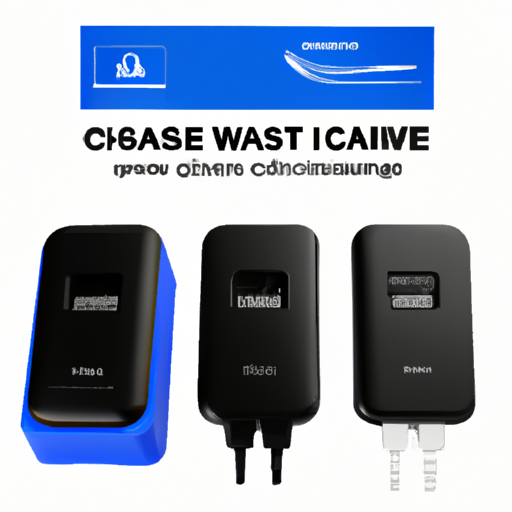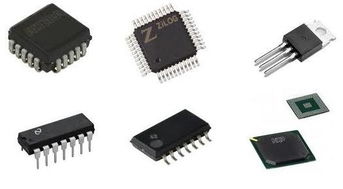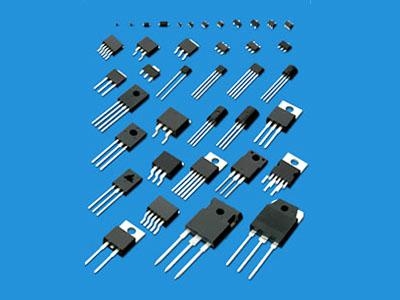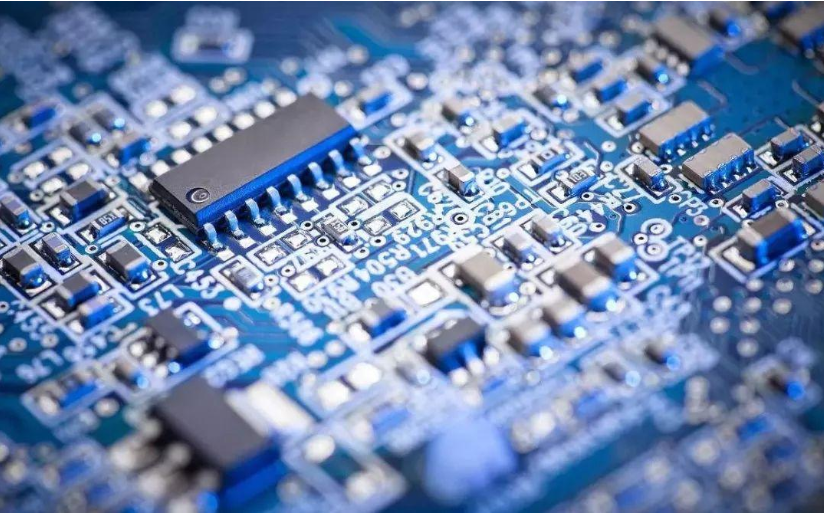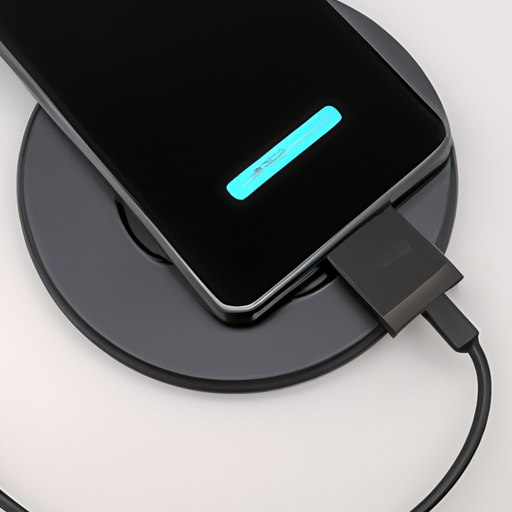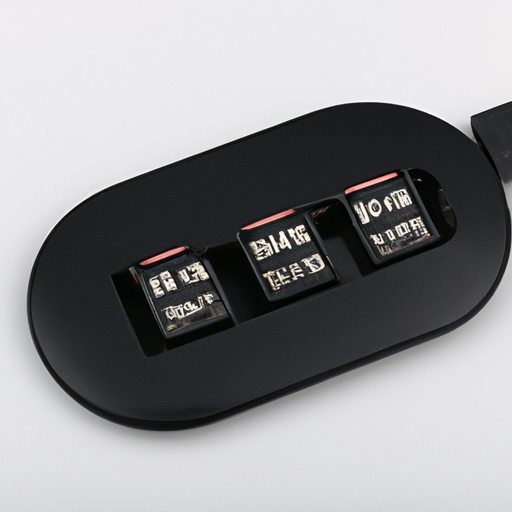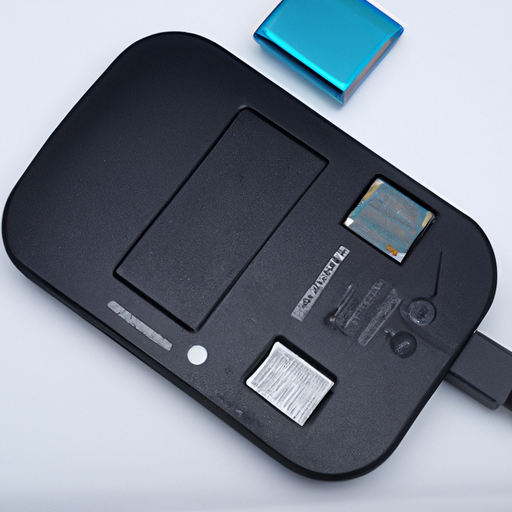How Does the 45W Fast Charging Mobile Power Supply Work?
I. Introduction
In our fast-paced digital world, the demand for quick and efficient charging solutions has never been higher. Fast charging technology has emerged as a vital feature in modern mobile devices, allowing users to power up their smartphones, tablets, and other gadgets in a fraction of the time it would take with traditional charging methods. Among the various fast charging standards available today, the 45W fast charging technology stands out for its impressive speed and efficiency. This blog post will explore how 45W fast charging works, its benefits, challenges, and the future of charging technology.
II. Understanding Mobile Power Supplies
A. What is a mobile power supply?
A mobile power supply, commonly known as a power bank or portable charger, is a device designed to store electrical energy and provide it to mobile devices when needed. These power supplies are essential for users who are frequently on the go and require a reliable source of power for their devices.
1. Definition and purpose
The primary purpose of a mobile power supply is to recharge devices like smartphones, tablets, and wearables without needing a wall outlet. They are particularly useful during travel, outdoor activities, or emergencies when access to electricity is limited.
2. Types of mobile power supplies
Mobile power supplies come in various forms, including compact power banks, larger battery packs, and even solar-powered chargers. Each type has its unique features and capacities, catering to different user needs.
B. Components of a mobile power supply
A typical mobile power supply consists of several key components:
1. Battery
The battery is the heart of the mobile power supply, storing electrical energy for later use. Lithium-ion and lithium-polymer batteries are the most common types due to their high energy density and lightweight properties.
2. Charging circuitry
The charging circuitry regulates the flow of electricity to and from the battery, ensuring safe and efficient charging. It also manages the power output to match the requirements of the connected device.
3. Output ports
Mobile power supplies typically feature multiple output ports, allowing users to charge multiple devices simultaneously. These ports may support various charging standards, including USB-A, USB-C, and proprietary connectors.
III. The Science Behind Fast Charging
A. Basic principles of charging
To understand fast charging, it's essential to grasp some basic electrical principles.
1. Voltage and current
Charging involves the transfer of electrical energy, which is characterized by voltage (the potential difference) and current (the flow of electric charge). Fast charging aims to increase both voltage and current to reduce charging time.
2. Ohm's Law
Ohm's Law states that the current flowing through a conductor between two points is directly proportional to the voltage across the two points and inversely proportional to the resistance. This principle is fundamental in understanding how charging works.
B. How fast charging differs from standard charging
Fast charging technology differs from standard charging in several ways:
1. Increased voltage and current
While standard chargers typically operate at 5V and 1-2A, fast chargers can deliver higher voltages (up to 20V) and currents (up to 3A or more). This increased power allows devices to charge significantly faster.
2. Power delivery protocols
Fast charging relies on specific power delivery protocols, such as USB Power Delivery (PD) and Qualcomm Quick Charge, which negotiate the optimal voltage and current levels between the charger and the device.
C. The role of heat management in fast charging
One of the challenges of fast charging is heat generation. Higher charging speeds can lead to increased heat, which can damage the battery and reduce its lifespan. Effective heat management solutions, such as thermal sensors and advanced cooling systems, are crucial to maintaining safe charging conditions.
IV. The 45W Fast Charging Technology
A. What does 45W mean?
1. Explanation of wattage
Wattage (W) is a measure of electrical power, calculated as the product of voltage (V) and current (A). Therefore, a 45W charger can deliver power at various combinations of voltage and current, such as 15V at 3A or 9V at 5A.
2. Comparison with other charging standards
Compared to standard chargers (typically 5-18W) and mid-range fast chargers (30W), 45W chargers offer a significant boost in charging speed, making them ideal for high-capacity devices.
B. Key technologies enabling 45W fast charging
Several technologies enable 45W fast charging:
1. Power Delivery (PD) protocol
USB Power Delivery is a universal charging standard that allows devices to negotiate power levels dynamically. This protocol enables 45W chargers to deliver the optimal voltage and current for compatible devices.
2. Quick Charge technology
Qualcomm's Quick Charge technology is another popular fast charging standard that allows for higher voltage and current levels, enhancing charging speed.
3. Other proprietary technologies
Many manufacturers have developed their proprietary fast charging technologies, which may offer unique features or optimizations for their devices.
C. Compatibility with devices
1. Devices that support 45W charging
Many modern smartphones, tablets, and laptops support 45W fast charging, particularly flagship models from brands like Samsung, Google, and Apple.
2. Limitations and considerations
While 45W chargers are compatible with many devices, not all devices can take advantage of the full charging speed. Users should check their device specifications to ensure compatibility.
V. Benefits of 45W Fast Charging
A. Speed and efficiency
1. Time saved during charging
One of the most significant advantages of 45W fast charging is the reduced charging time. Users can quickly recharge their devices, making it convenient for those with busy lifestyles.
2. Impact on user experience
Faster charging translates to a better user experience, as users can spend less time tethered to a charger and more time using their devices.
B. Convenience for users
1. Portability and ease of use
45W chargers are often compact and lightweight, making them easy to carry around. Many models also feature multiple ports, allowing users to charge multiple devices simultaneously.
2. Multi-device charging capabilities
With the ability to charge various devices, including smartphones, tablets, and laptops, 45W chargers offer versatility and convenience for users with multiple gadgets.
C. Battery health considerations
1. Myths vs. facts about fast charging and battery lifespan
There are common misconceptions about fast charging negatively impacting battery health. However, when used correctly, fast charging can be safe for modern batteries, which are designed to handle higher charging speeds.
2. Smart charging features
Many 45W chargers come equipped with smart charging features that monitor battery health and adjust charging speeds accordingly, further protecting the battery.
VI. Challenges and Limitations
A. Heat generation and its effects
1. Risks of overheating
As mentioned earlier, fast charging can generate heat, which poses risks to battery health and safety. Overheating can lead to reduced battery lifespan and, in extreme cases, battery failure.
2. Solutions for heat management
Manufacturers are implementing various heat management solutions, such as thermal sensors and advanced cooling technologies, to mitigate the risks associated with heat generation.
B. Compatibility issues
1. Not all devices support 45W charging
While many devices are compatible with 45W chargers, some older or lower-end models may not support fast charging, limiting the benefits for those users.
2. The importance of using certified accessories
To ensure safety and compatibility, users should always use certified chargers and cables that meet the required specifications for fast charging.
C. Cost considerations
1. Price of 45W chargers vs. standard chargers
45W chargers tend to be more expensive than standard chargers due to their advanced technology and capabilities. However, the investment can be worthwhile for users who prioritize fast charging.
2. Value for money analysis
When considering the cost of a 45W charger, users should weigh the benefits of faster charging against their charging needs and usage patterns.
VII. Future of Fast Charging Technology
A. Trends in fast charging development
1. Higher wattage options (e.g., 65W, 100W)
As technology advances, we can expect to see even higher wattage options, such as 65W and 100W chargers, which will further reduce charging times for compatible devices.
2. Wireless fast charging advancements
Wireless charging technology is also evolving, with manufacturers working on faster wireless charging solutions that can rival wired fast charging speeds.
B. Potential impact on mobile device design
1. Battery size and capacity considerations
As fast charging technology improves, manufacturers may design devices with smaller batteries, knowing that users can recharge them quickly.
2. Integration of fast charging in future devices
Fast charging is likely to become a standard feature in future mobile devices, with manufacturers prioritizing this technology to meet consumer demands.
VIII. Conclusion
In conclusion, 45W fast charging technology represents a significant advancement in mobile power supply solutions, offering users speed, efficiency, and convenience. As the demand for faster charging continues to grow, it is essential for consumers to stay informed about the latest charging options and technologies. By understanding how 45W fast charging works and its benefits, users can make informed decisions about their charging needs and enjoy a seamless mobile experience.
IX. References
For further reading on fast charging technology, consider exploring the following sources:
- Articles on USB Power Delivery and Quick Charge technology
- Technical papers on battery health and fast charging
- Reviews and comparisons of 45W chargers and their performance
By staying informed, consumers can navigate the evolving landscape of charging technology and make the most of their mobile devices.

